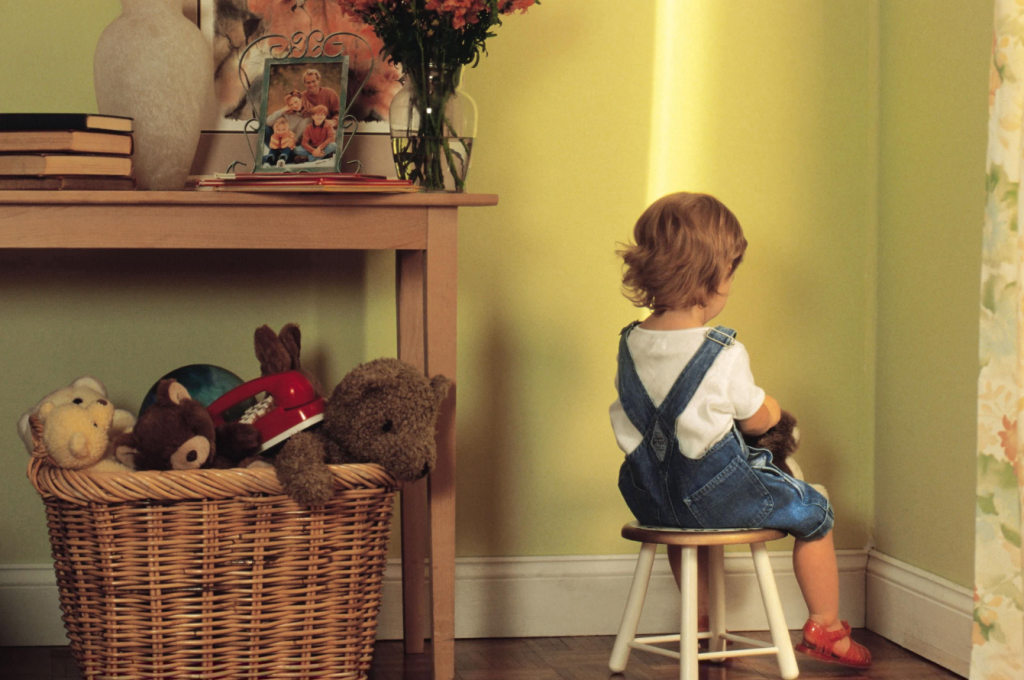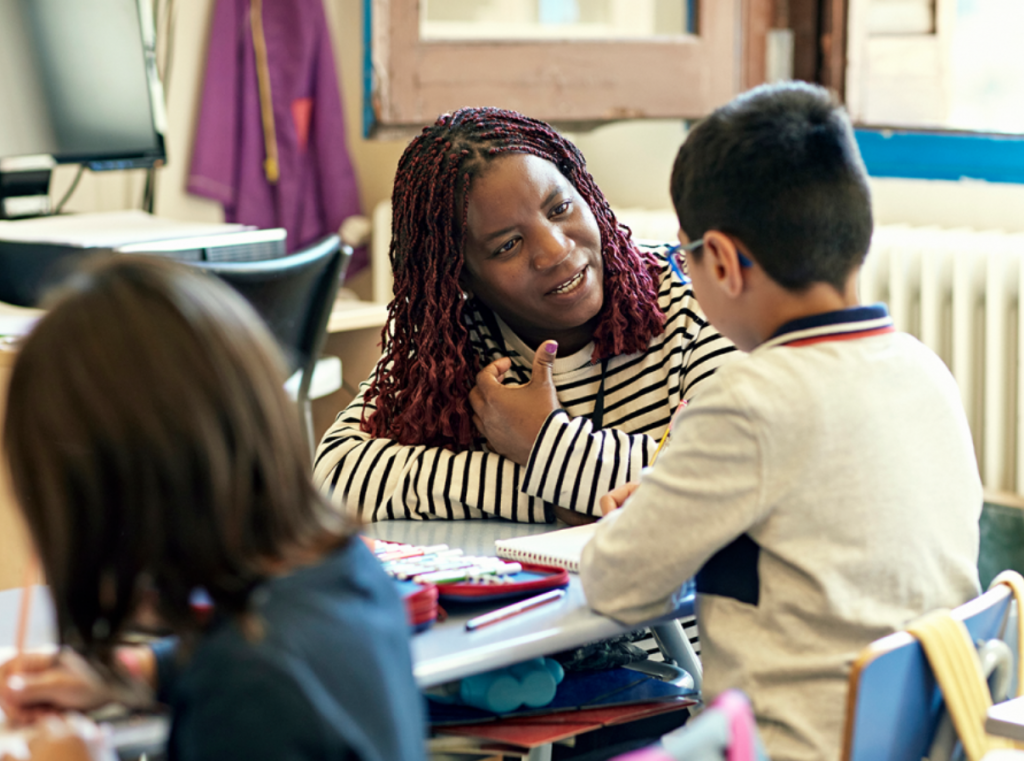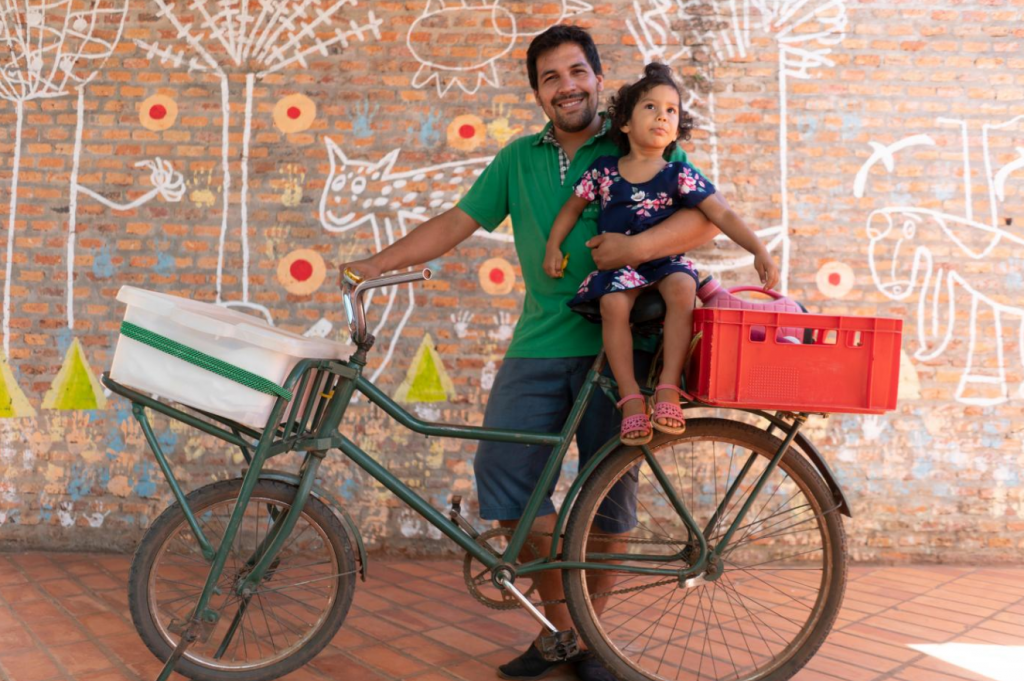Disciplining children is an important aspect of parenting, but many parents struggle with finding effective methods that don’t involve spanking. Although spanking may be a common form of discipline, it has negatively affected children’s mental and emotional well-being. It may even lead to aggressive behavior in the future. Fortunately, there are many alternative ways to discipline children that are both effective and respectful. In this article, we will explore 10 different methods for disciplining your child without resorting to spanking so that you can promote positive behavior in your child while also maintaining a healthy and loving relationship.
1. Praise for Good Behavior
One effective way to avoid behavior problems in your child is to acknowledge and praise their positive actions. For instance, if you notice them playing nicely with their siblings, make sure to point it out and say something like, “You’re doing a great job sharing and taking turns today!” When in a group setting with multiple children, give the most attention and recognition to those who are behaving well and following the rules. As soon as the other child starts to exhibit good behavior, make sure to give them praise and attention as well.
By catching your child being good, you can promote positive behavior and create a healthy and happy environment for your family.
2. Rewards for Good Behavior
Rather than resorting to spanking as a form of discipline, a more positive approach is to incentivize good behavior. For instance, if your child has a habit of quarreling with their siblings, consider implementing a reward system that encourages them to get along better. By providing an incentive to behave, you can quickly turn around instances of misbehavior.
In addition, rewards help children to concentrate on what they need to do to earn privileges, shifting the focus away from negative behaviors they should avoid.
3. Natural Consequences
Allowing natural consequences to occur can provide valuable lessons for children to learn from their mistakes. For instance, if your child insists on not wearing a jacket, consider letting them go outside and experience the cold, as long as it is safe to do so. Natural consequences are effective when you believe your child will learn from their mistake.
However, it’s essential to monitor the situation to ensure that your child doesn’t face any real danger. By utilizing natural consequences, you can help your child understand the impact of their choices and promote self-responsibility.
4. Logical Consequences
When a child is struggling with specific behavioral issues, logical consequences can be a helpful tool to address the problem. Logical consequences are directly linked to misbehavior and can help a child understand the impact of their actions. For instance, if your child refuses to eat their dinner, you might consider not allowing them to have a bedtime snack.
Similarly, if they refuse to clean up their toys, they may lose the privilege of playing with them for the remainder of the day. By connecting the consequence directly to the behavior problem, children can see the direct impact of their choices. This approach can be an effective way to promote responsible decision-making and positive behavior.
5. Teaching New Skills
Spanking has a significant drawback in that it doesn’t teach children how to behave better. For instance, if you spank your child for throwing a temper tantrum, it won’t necessarily teach them how to better manage their emotions in the future. Instead, a more beneficial approach for kids is to learn problem-solving skills, emotional management, and the ability to compromise.
By teaching these skills, parents can help reduce behavior problems. Therefore, it’s essential to use a form of discipline that aims to educate rather than solely punish.
6. Ignoring Mild Misbehavior
In some instances, selective ignoring can be more effective than spanking as a form of discipline. However, it’s crucial to note that it doesn’t mean you should overlook dangerous or inappropriate behavior. Instead, you can choose to ignore attention-seeking behavior, such as whining or complaining.
Refrain from acknowledging or responding to this type of behavior and instead look the other way or pretend not to hear them. Once your child displays polite and appropriate behavior, then return your attention to them. Over time, children can learn that being polite and well-behaved is the best way to get their needs met.
7. Losing Privileges
The objective of discipline is not to punish a child into submission but rather to teach them how to make better choices in the future. However, this requires practice. If a child makes a poor decision, it’s crucial to teach them that there are consequences, such as losing a privilege.
The loss should be linked to the behavior, and it’s important to specify when the privileges can be regained. Typically, a 24-hour period is sufficient for a child to learn from their mistake. For example, you could say, “You have lost TV for the remainder of the day, but you can earn it back tomorrow by picking up your toys the first time I ask.” By doing so, you’re helping your child understand that there are consequences to their actions while giving them the opportunity to correct their behavior.
8. Time-Out
When children misbehave, especially in an aggressive manner, hitting them sends a mixed message. They may wonder why it’s acceptable for you to hit them but not for them to hit their siblings. In such situations, placing a child in time-out can be a much better alternative.
When done correctly, time-out helps kids learn to calm themselves, which is an essential life skill. However, for a time-out to be effective, children need to have plenty of positive interaction with their parents. This way, when they’re removed from a situation, they will start learning to regulate their emotions, communicate their feelings appropriately, and make better decisions in the future.
9. Use Redirection to Prevent Misbehavior
Redirecting your child’s attention from negative behavior to something more positive can be an effective way to prevent misbehavior. For instance, if your child is throwing a tantrum because they can’t have a certain toy, try redirecting their attention to something else they enjoy.
For example, you might suggest playing with a different toy or reading a book together. By doing so, you’re not only preventing negative behavior but also encouraging positive behavior.
10. Practice Consistency in Discipline
Consistency in discipline is crucial to teach children acceptable behavior effectively. When disciplining your child, it’s essential to be consistent with the rules and consequences. If you let your child get away with something one day and punish them for the same behavior the next day, they may become confused and feel as though the rules keep changing.
By setting clear expectations and enforcing consequences consistently, your child will understand the rules and be more likely to behave appropriately.










